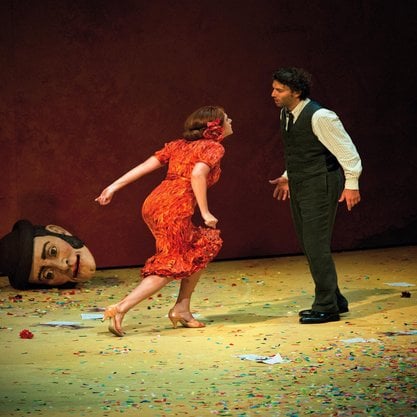Article
Circus By Arrighi, Gillian
Article
The modern circus emerged and developed during the period when Western industrializing societies were undergoing transformation as a result of socioeconomic modernization. Philip Astley’s popular demonstrations of trick horse-riding at Astley’s Riding School in London in 1768 constitute the origins of the modern circus. Astley interspersed his novel equestrian displays with an eclectic variety of performances such as singing, dancing, acrobatics, and juggling. Other producers soon emulated this new style of entertainment, which became known as circus. It spread swiftly to France, Russia, North America, and eventually to Britain’s settler colonies. By the 1860s the key components of the institutionalized circus were well established. These included performances within the equestrian’s circular ring, a diverse range of acts on horseback, clowns, trained animals, and skilled physical displays such as rope- or wire-walking, acrobatics, juggling, aerial acts, and aerial flight with trapeze apparatus. Circuses expanded in size and experienced mass popularity with all classes of people in the Western industrialized world during the period 1880–1920. Impressionist and early modernist artists, notably Degas, Renoir, Toulouse-Lautrec, Seurat, Roualt, Picasso, and Chagall found inspiration in the circus environment and the novel bodies of the circus’s human and animal performers.

